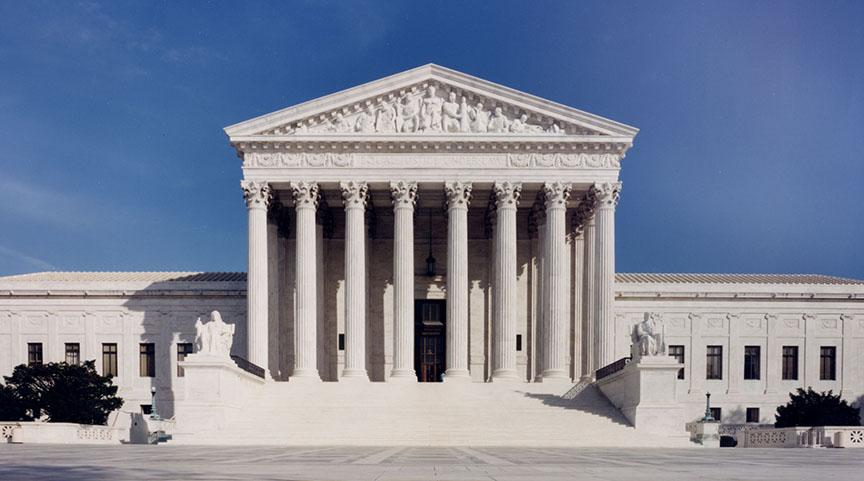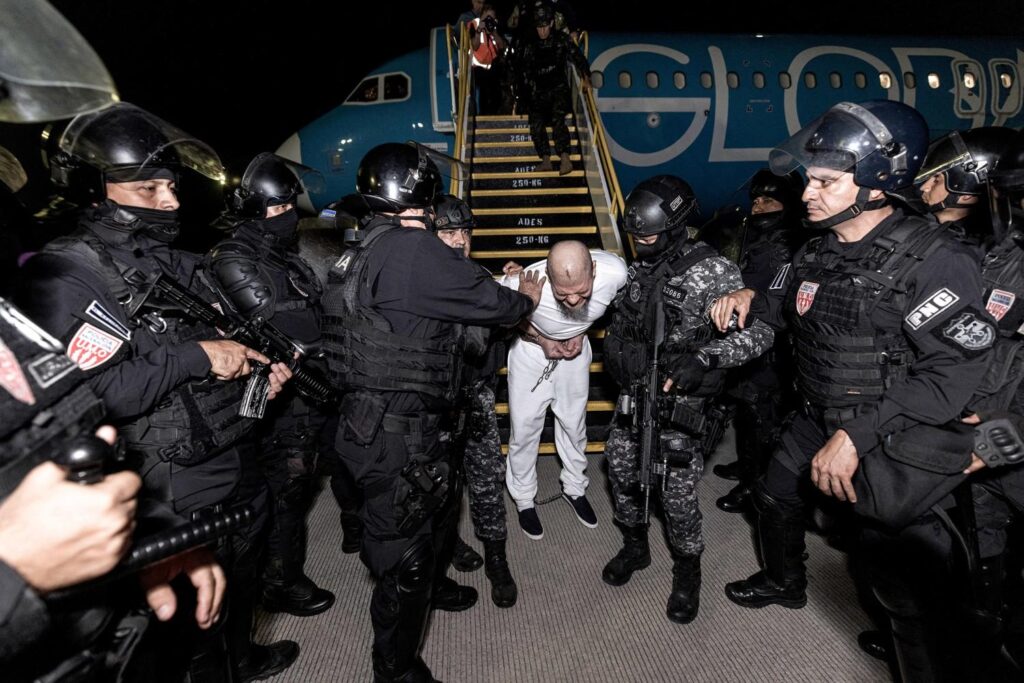In the scorching heat of Darfur, a landscape etched with decades of conflict, the Zamzam camp once stood as a fragile sanctuary for those seeking refuge from relentless violence. But on that fateful day, the camp became a theater of unspeakable horror, where the thin line between survival and annihilation blurred into a nightmare of brutal destruction. Survivors, their voices trembling with raw emotion, recount a systematic assault that shattered any illusion of safety, painting a harrowing portrait of human cruelty that defies comprehension. Their testimonies emerge as stark, haunting whispers—a testament to the resilience of those who witnessed an attack that would etch itself into the region’s traumatic history. The dusty landscape of North Darfur bore witness to another horrific chapter of violence, as survivors emerged with haunting testimonies of brutality that shook the Zamzam camp to its core. Witnesses recounted scenes of unimaginable terror, describing how armed attackers moved systematically through the densely populated displacement camp, leaving a trail of destruction and death.
Survivors spoke of the chilling sounds that pierced the air – violent chants and war cries mingling with the screams of those being targeted. Mohamed Abdel Rahman, a camp resident, described how the attackers moved from shelter to shelter, showing no mercy to civilians who had already endured years of conflict and displacement.
The assault appeared meticulously planned, with perpetrators targeting specific areas of the camp known for housing vulnerable populations. Women, children, and elderly residents found themselves trapped with no clear escape route, as the attackers moved with calculated precision through the cramped living spaces.
Eyewitnesses reported seeing armed men breaking into makeshift shelters, setting fire to belongings, and systematically attacking residents. The sounds of breaking glass, crackling fires, and desperate pleas created a nightmarish soundscape that will haunt survivors for years to come.
International aid organizations struggled to respond to the rapidly escalating situation, with limited resources and increasing security concerns hampering immediate rescue efforts. The Zamzam camp, which has long been a symbol of displacement and resilience, now became a scene of unimaginable human suffering.
Local community leaders described the attack as a deliberate attempt to destabilize the already fragile community, pointing to ongoing ethnic tensions and complex political dynamics in the region. Survivors spoke of feelings of helplessness and betrayal, questioning how such violence could continue unchecked.Medical facilities in the area were quickly overwhelmed, with makeshift treatment centers struggling to handle the influx of injured individuals. Doctors worked tirelessly, treating wounds both physical and psychological, while trying to maintain some semblance of hope amid the chaos.
The international community’s response remained tepid, with condemnations issued but little concrete action taken to protect the vulnerable populations. Humanitarian workers on the ground described the situation as critical, warning of potential further escalations if immediate intervention was not forthcoming.
As dust settled on the ravaged camp, survivors began the painful process of accounting for lost loved ones, gathering what remained of their destroyed lives, and attempting to find safety in an increasingly perilous landscape.










“That’s Just F—ing Insane”: People Cannot Believe Trump’s Latest Statement About Looking Into Deporting US Citizens Is Real